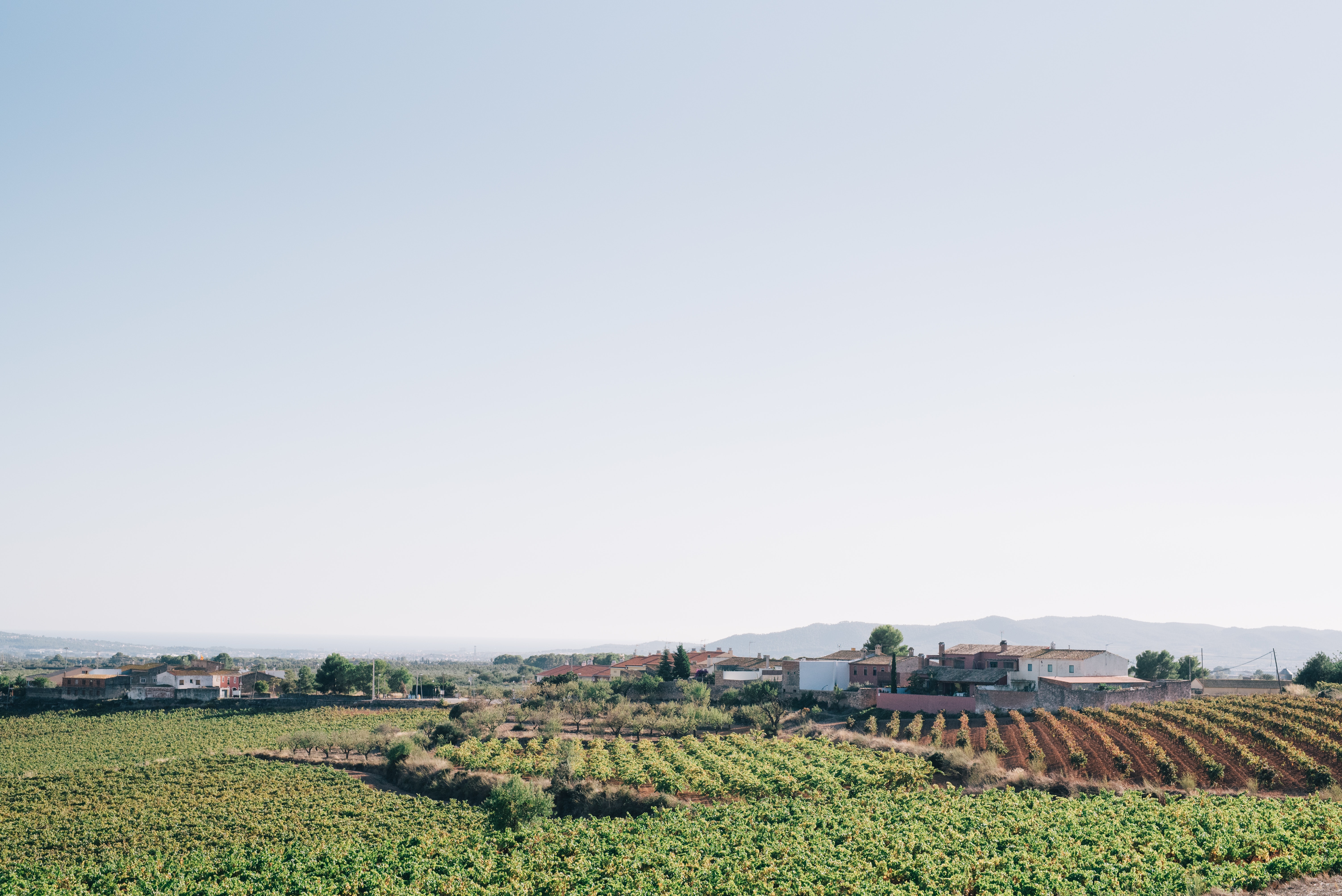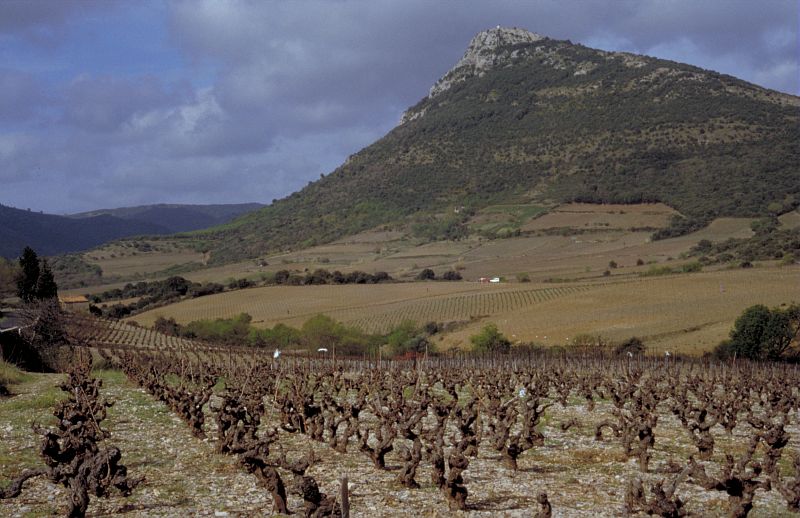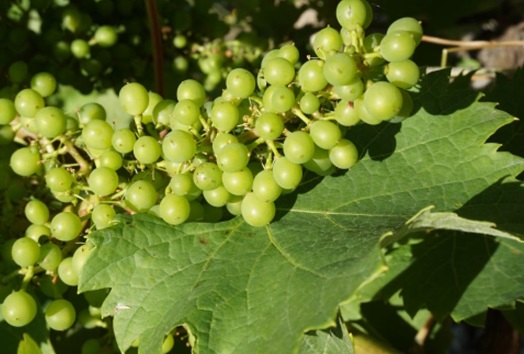Reorganize plantings in space (incl. regional displacement)

In the face of climate change, the choice of vineyard location is a major lever for long-term adaptation, which conditions other adaptation actions such as soil and canopy management, or even oenological interventions. These choices must take into account the current location of the vineyards in the delimited areas for the appellations of origin, with both intrinsic (organoleptic quality of the wine) and extrinsic (images, landscapes, history...) effects on the quality and price of the wine. These choices must also take into account the opportunities offered by climate change to grow vines in new areas.
- On the scale of a single terroir
Climatic variability can already be significant, with, for example, average temperature differences of 1 or 2°C depending on the exposure and altitude of the plots and different useful soil water reserves (Barbaux et al., 2014; Delay, 2015). This heterogeneity can be considered as a resource for adaptation, which requires: i) to assess and monitor the spatial variability of the climate over the last few years and, if possible, ii) to simulate the possible evolution of this variability over a long time horizon, corresponding to that of a plantation (2050-70). This knowledge can be built from the observations of wine growers, but also from weather data provided at fine grids (Safran/Drias 8 km), or by equipping the vineyard with connected weather stations. The information can then be broken down into agroclimatic indicators such as the Huglin index (sum of temperature allowing reasoning on the phenology and maturity potential of different grape varieties) or maps showing the climatic variability on the occasion of extreme events that may recur (heat wave)
Based on this knowledge, the location of currently cultivated grape varieties can be reconsidered, and the planting of new grape varieties (later, more resistant to drought and high temperatures) can be planned. Land management then becomes strategic on an individual and collective scale, by distinguishing between cultivated and non-cultivated plots (land reserve) and their ownership, by considering the possibilities of land transactions or exchanges, and by developing, if necessary, appropriate animation or tools (see the RECOLTE platform for example). The issues of development (terrace, access to roads, water...) but also of landscape and protection of ecosystems must be the subject of consultation and simulations, taking into account the protections and documents of urbanism and spatial planning. It is a new engineering of terroirs that is being put in place for the adaptation to climate change.
Translated with www.DeepL.com/Translator (free version)
- At the level of existing vineyards' perimeters,
Opportunities can be explored. Vineyards are often located on hillsides or even in the foothills of mountains. The search for plantations at higher altitudes can then be an adaptation strategy that allows to gain in freshness. In some cases, it is even a question of reclaiming areas that had been planted with vines, but abandoned because the grapes had difficulty reaching maturity, which is not necessarily the case today with climate change. This search for altitude can also concern the implantation of the cellar which will benefit from more favorable thermal conditions.
This strategy, already observed in all Mediterranean countries, can be based on the knowledge and climate simulations envisaged on the scale of a terroir (see above) and can lead to a request for revision of the zoning of the appellation areas. It is then a collective process that must consider the landscape and ecological issues in an even more precise manner.
- On the scale of regions that today produce little or no wine,
Climate change opens up new perspectives for growing vines in regions where they have never been cultivated, or only marginally. This is particularly the case in northern Europe. Simulations based on average temperature indices (Malheiro et al., 2010; Hannah et al., 2013; Quénol et al., 2014) show a significant extension to the south of England, Brittany, Germany, Poland or even Russia. The first winegrowers are already investing in small plots in these regions, but with significant risks, linked to climatic instability and the persistence of high risks of frost. If these initiatives are going to multiply, it seems difficult to envisage the constitution of large vineyards in these regions in the medium or even long term, because of these risks and the high amount of individual and collective investments to be made. Here again, the stakes of spatial planning and environmental preservation are high, as Hannah et al. (2013) have shown in the United States with regard to the areas that would become suitable for vineyards in the Rocky Mountains region.
Relations
- Network
- List
- Geolocation
- More
Un article dans TheConversation montre que face au changement climatique les vins d'appellation doivent s'appuyer sur une cogestion adaptative de leur terroir
- More
Adaptation au changement climatique en agronomie viticole
L'article montre comment le changement climatique pose de nombreuses questions, allant du devenir des terroirs et de la typicité des vins jusqu’au maintien même d’une activité économique dans certaines régions viticoles
- More
French National Research Institute for Agriculture and Environment- INRAE
First ranking research institute in agriculture in Europe, second worldwide agricultural science provider, the INRA conducts researches concerning major society stakes.
- More
INNOVATION Joint Research Unit
l'UMR Innovation vise à produire des connaissances et contribuer aux débats scientifiques et sociétaux sur les processus d’innovation qui participent aux transformations des systèmes agricoles et alimentaires, face aux enjeux globaux, dont le changement climatique




